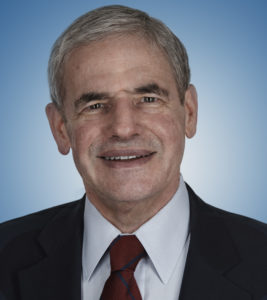Each week, I collect the resources related to leadership I shared on social media the prior week, with the accompanying quotations.
……..
Chris Rider et al., 3-27-23:
“Proven Tactics for Improving Teams’ Psychological Safety:
An experiment reveals interventions that managers can use to increase employees’ comfort with speaking up and raising concerns.“
“Managers were asked to encourage their employees to use their one-on-one meetings to express what was important to them and where they needed support. This treatment was based on earlier research that suggested a link between individuation and psychological safety.”
……..
Daniel Goleman:
“How Purpose and Emotional Intelligence Blend” (Week of 11-27-23).
“For many individuals and teams, emotional intelligence may be exactly where the purpose journey begins – by looking within, looking without, and seeing the connection between themselves and the world around them.”
……..
Frank Sonnenberg:
“Counterfeit Leadership” (11-27-23).
“[R]eal leaders are visionaries with a ‘can-do’ attitude. They take on the impossible, while their timid colleagues look for the exits. In the process, real leaders confront issues and obstacles head-on and make decisions that position their organizations successfully for the future.”
……..
Gartner:
“Gartner HR Research Finds Only 31% of Employees Report They Are Engaged, Enthusiastic and Energized by Their Work”
(Press release, 10-24-23).
“The Gartner survey also revealed one of the main issues impacting engagement: employee dissatisfaction with what happens after they provide feedback on their experience of their employer and workplace. In fact, only one-third of employees believe their organization will act on their feedback, while 46% of employees wish their organization did more to address employee feedback.”
……..
Chris Edmonds:
“What are the most damaging attributes of work culture?”
(11-28-23).
“How do you eliminate these toxic attributes? First, define your ideal work culture, formalizing desired behaviors that you want every leader to model in daily interactions. Second, measure the degree to which formal leaders demonstrate those desired behaviors through twice-a-year employee surveys.”




